10 facts about Beaujolais that will make you a wine connoisseur with impeccable taste
Categories: Food and Drinks
By Pictolic https://pictolic.com/article/10-facts-about-beaujolais-that-will-make-you-a-wine-connoisseur-with-impeccable-taste.htmlLet's guess: you also belong to the very category of "connoisseurs of haute cuisine", for whom the word "Beaujolais", if familiar, is only in combination with the word "Nouveau". Well, like a new wine. Kind of like French. If so, then now a brave new world will open up to you (as well as to us a week ago).
So, 10 facts about Beaujolais wines, the knowledge of which, quite possibly, will color your life with completely new colors.
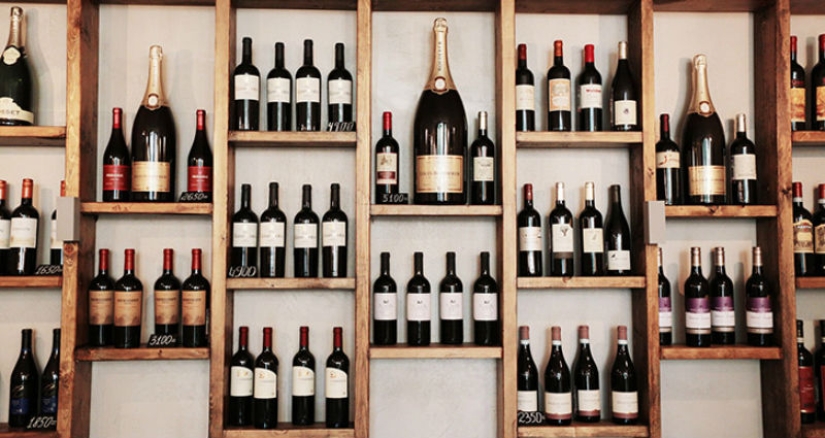
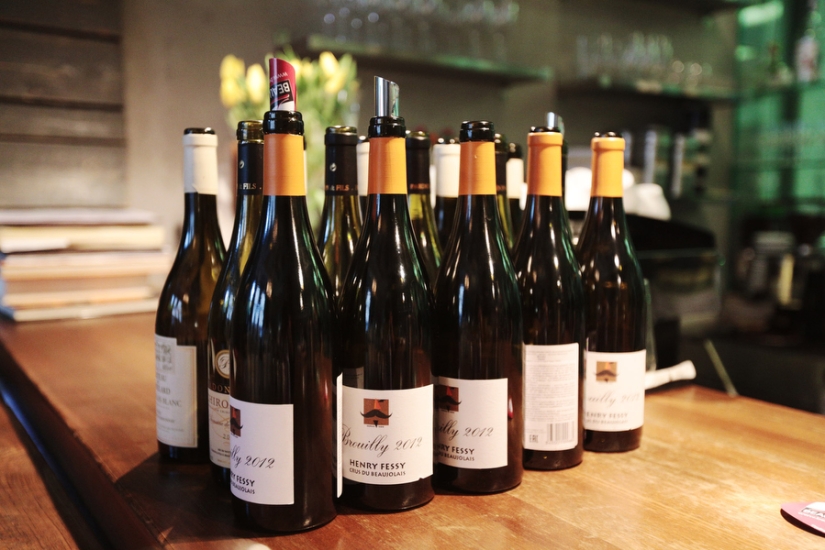
1. Beaujolais — as often happens with wine — is the name of the region. Indeed, in France. The very name "Beaujolais" comes from the town of Beaujolais, founded in the X century. The first vineyards in this region appeared in the IX century. The wine produced from the local Gamay grape variety is highly praised by the world's leading wine critics today, because in recent years there has been a real revolution in the quality of wines. Their inherent "youth" is connected precisely with the peculiarity of the variety — the wines from it turn out to be already very bright, complex and deep, in order to still let them ripen in the cellar, usually 10-15 years.
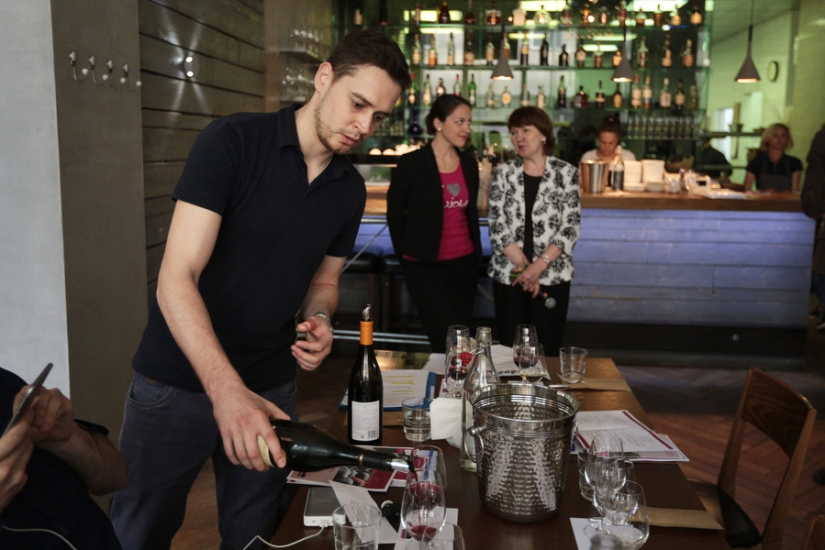
2. One of the key things to know and boldly declare out loud about Beaujolais wines is that they are surprisingly gastronomic. Gamay wines are almost universal in terms of the palette of combinations with food — they are organic with meat, fish, soup, dessert, and everything else. In other words, if there is a risk of making a mistake with the choice of wine for an important dinner, Beaujolais will be the optimal and win—win option.

3. Beaujolais can be white, pink, and, as most often happens, red.
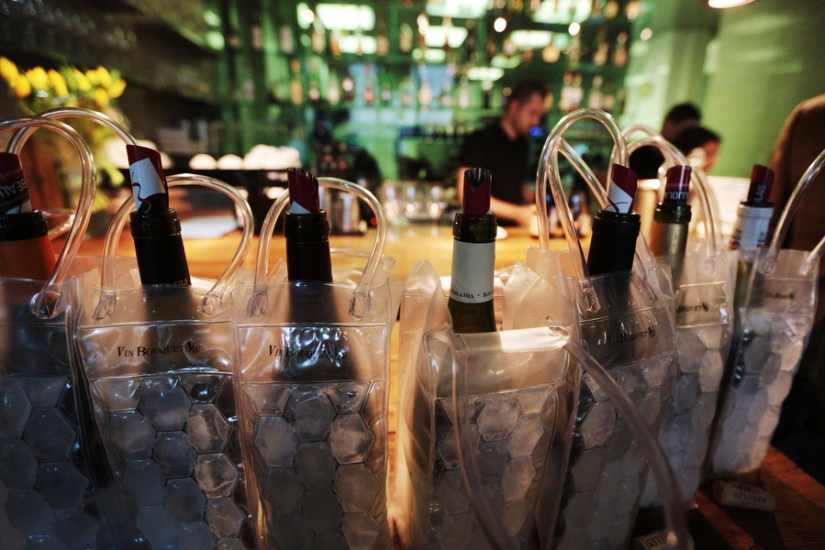
4. There is a unique method of vinification in Beaujolais, which is not widely used anywhere else in the world. It is called "carbon dioxide maceration". The technique is thought out so that the whole fermentation is explosive — the juice quickly takes all the fruitiness, but does not have time to pull tannins out of the skin, which is especially useful for wine that is drunk young. In general, if the case turns up, remember — the focus of Beaujolais is in the absence of tannins.

5. Beaujolais wines are one of the best choices in the price—quality ratio. Objectively: the same high taste and aromatic characteristics that Beaujolais gets from connoisseurs, as a rule, have wines from more expensive price categories.
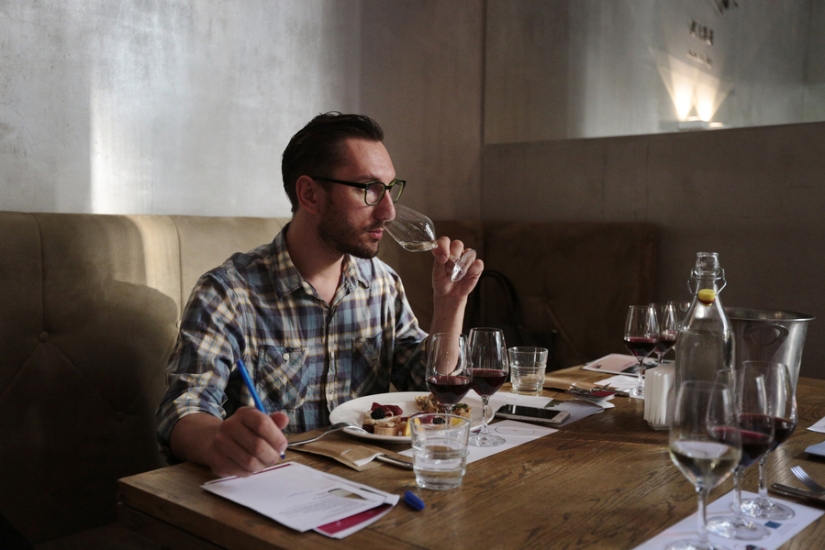
6. If you want to show off your erudition, say the word "cru" in the context of Beaujolais. What is cru? These are ten dedicated zones in the north of the region, where the peculiarities of soils and microclimate make it possible to make wines of the highest quality. All crus are very different, and venerable sommeliers can talk for hours about the specifics of each, but we can remember the key: cru is a kind of cream of the whole category.
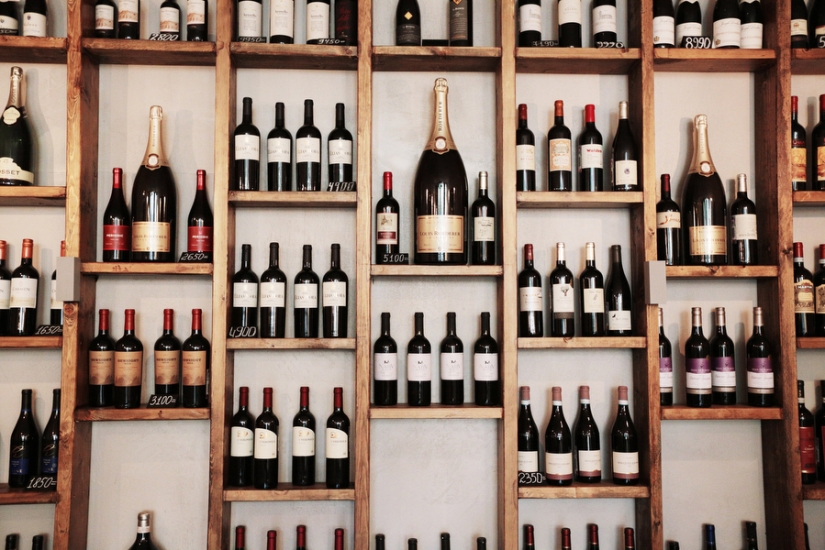
7. A bit of mythology in the theme for added charm. According to the legends of those places, the Crusaders went to the Promised Land not at all for the Holy Grail, but for new grape varieties, among which was Gamay. From ourselves, we note the everyday plausibility of this version of events.
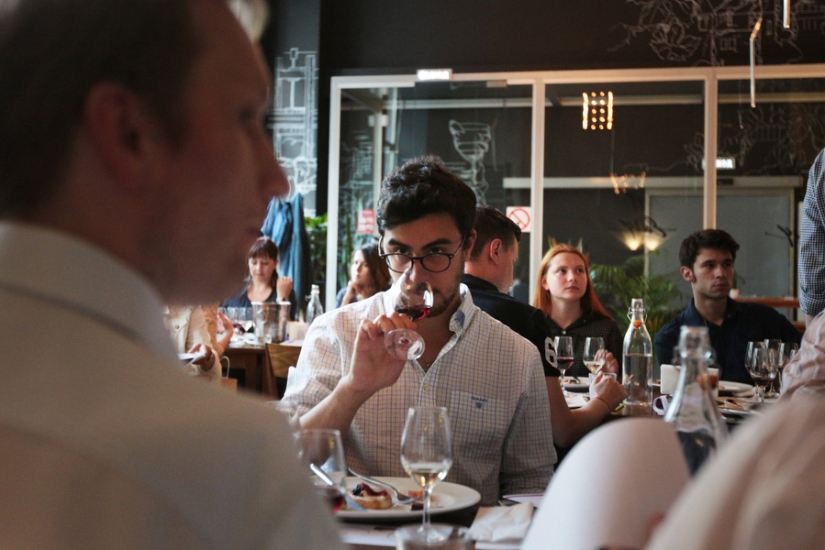
8. In Beaujolais, most vineyards are small plots (from 1 to 12 hectares) owned by independent winegrowers who sell their crops to merchants. However, the number of small farms bottling wines under their own brand is growing, and this is one of the factors of the qualitative revolution in the region.
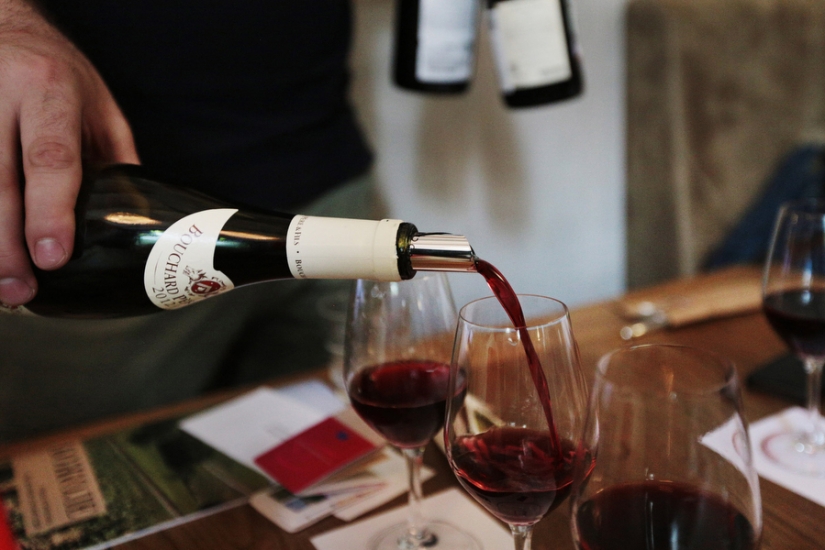
9. The Beaujolais Vineyard Road runs between 150 castles and 177 wine cellars, which are happy to give all travelers a warm welcome. During the year, more than 20 festivals and festivals of wine and food are held in the region, where everyone can taste the wines of all communes, communicate with winemakers and generally join the general festivities.
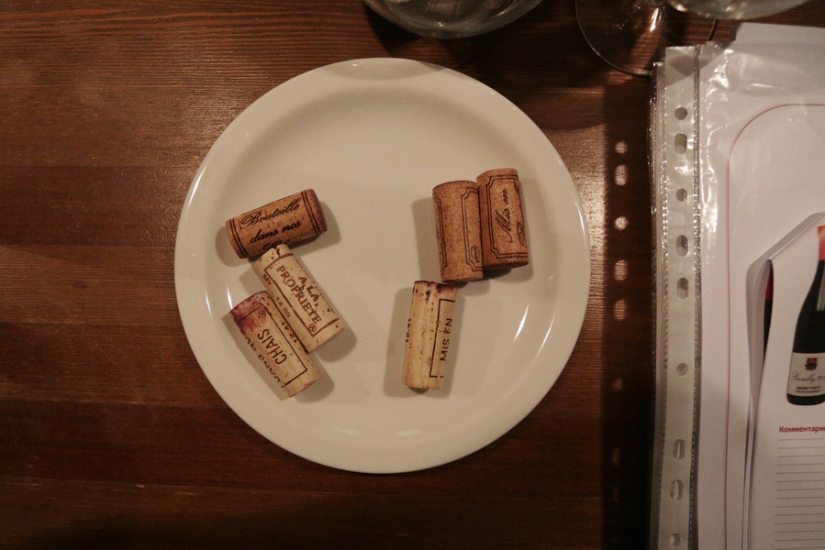
10. Well, finally, if they force you to name all the passwords, turnout, about specific names. Let's simplify the task for ourselves: with general strokes, all Beaujolais wines can be divided into three categories. For passionate natures — "powerful and strong" wines, for example (well, suddenly remember something) Chenat, Cote de Brouilly, Julienne, Morgon and Moulin-a-Van. For romantics — "subtle and fragrant": Shirouble, Fleury, Rainier, Saint-Amour. And finally, for real gourmets — "delicate and fruity" like Beaujolais Village.
Have a nice evening in search of the truth (which is known in what).
For the information provided, we thank the Interprofessional Council of Beaujolais wines "Interbojole".
Keywords: Alcohol | Wine | Tasting | Food photography
Post News ArticleRecent articles

Leonardo da Vinci was accused of being fond of orgies. William the Conqueror, despite all his successes, was called a "Bastard" ...

Modesty? Decency? A sense of tact? No, you haven't heard! Just look at what the people from the selection below are doing! No ...
Related articles

An old tradition to eat alcohol, kebabs, sausages and other meat products obviously there for a reason. Our ancestors, having a ...

Now it is possible not to stare helplessly alcoholic map in search of familiar words, and immediately ordered the waiter desired ...

Often, actors in films have to drink or even use illegal drugs. And if all these substances were real, given the number of takes, ...

American documentary photographer Bruce Davidson came to the UK in 1960 for a couple of months on the assignment of Queen magazine. ...